HEPS Wellbeing Window
A place for information to support mental health and wellbeing within our HEPS community.

HEPS Wellbeing Window
A place for information to support mental health and wellbeing within our HEPS community.
Across HEPS we have begun to use a Wellbeing check in tool in every class called Life Skills Go. We use this platform to continue to support every child to be seen, heard, and supported to thrive in life. Every day, every child checks in with how they are feeling, and where they are feeling this. Teachers look at what their students say and can see instantly how ready they are to learn.
Life Skills Go further enables educators to make informed, data-driven decisions regarding whole school and student wellbeing, ensuring that every student is empowered, and every teacher is equipped to support them.
With a wealth of actionable data, we can better detect patterns and deploy precise interventions. This also lays the groundwork for proactive and preventative strategies in our classrooms.
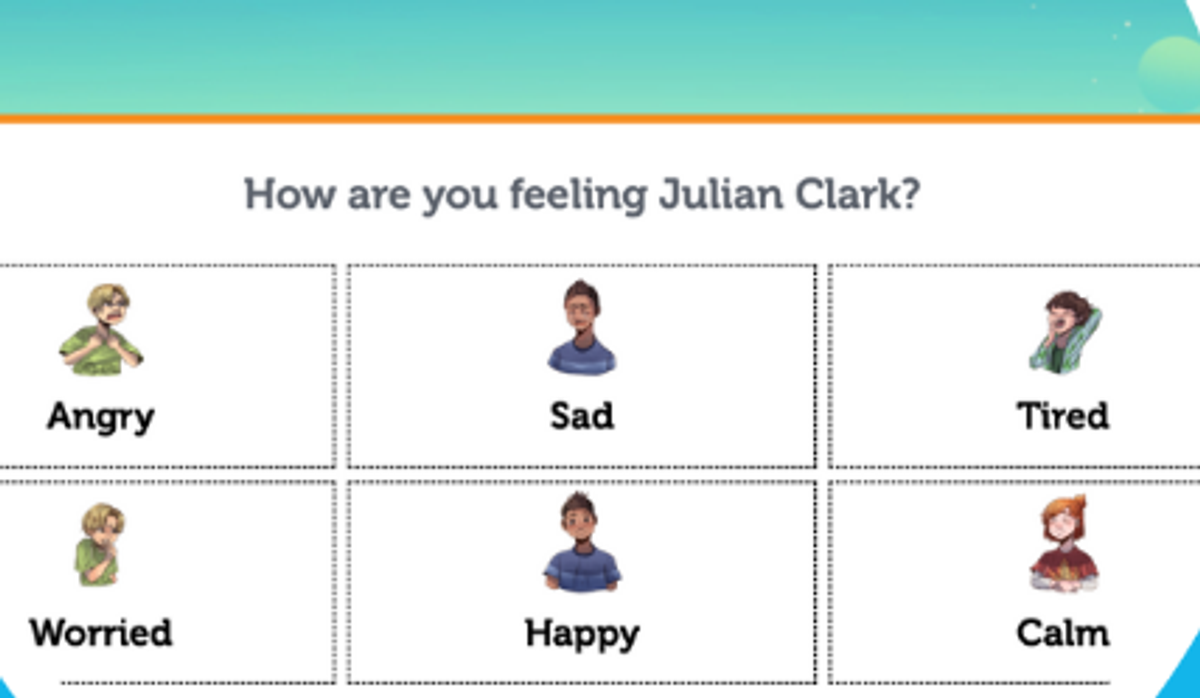

This term at HEPS, all classrooms are focusing on two key areas to enhance their learning environment. Teachers worked in teams to identify behaviours that they wanted to see enhanced across HEPS. They worked collaboratively and identified two areas across the school that needed improvement. They are -
Positive Interactions by level
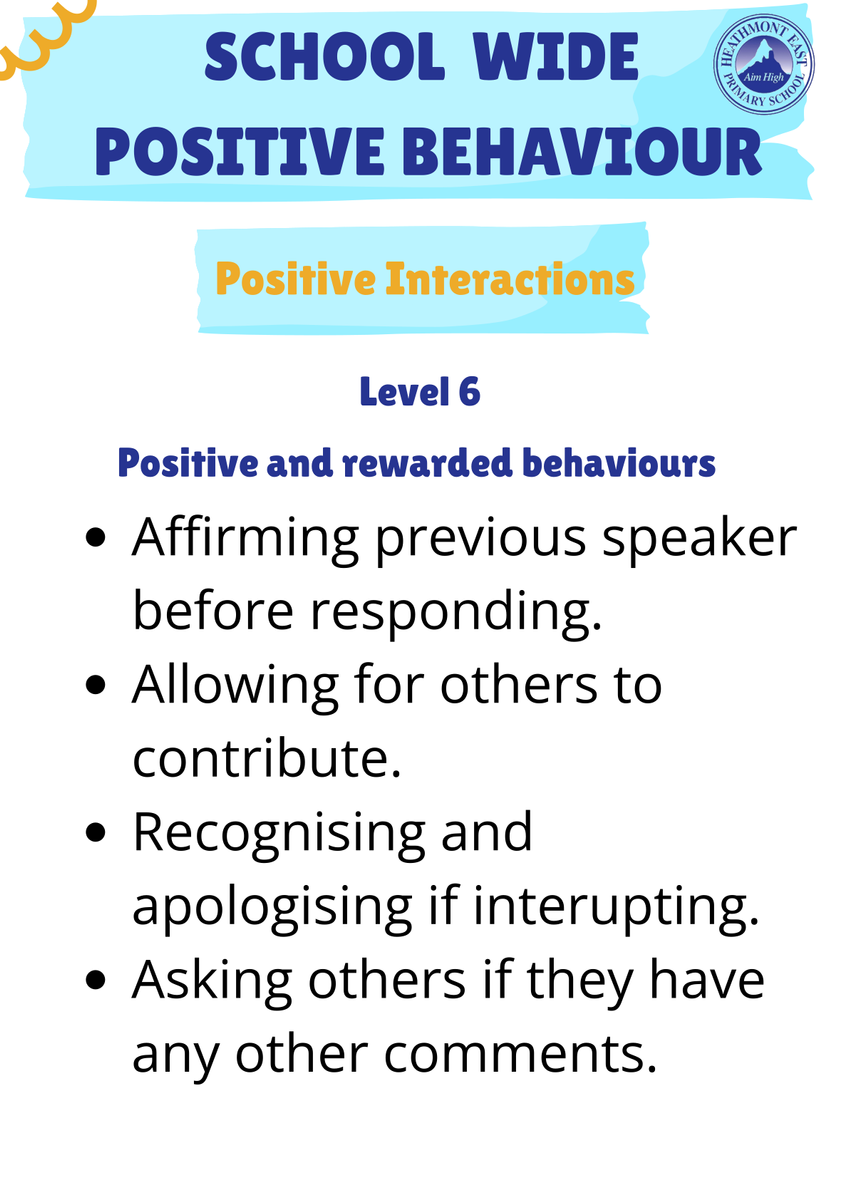
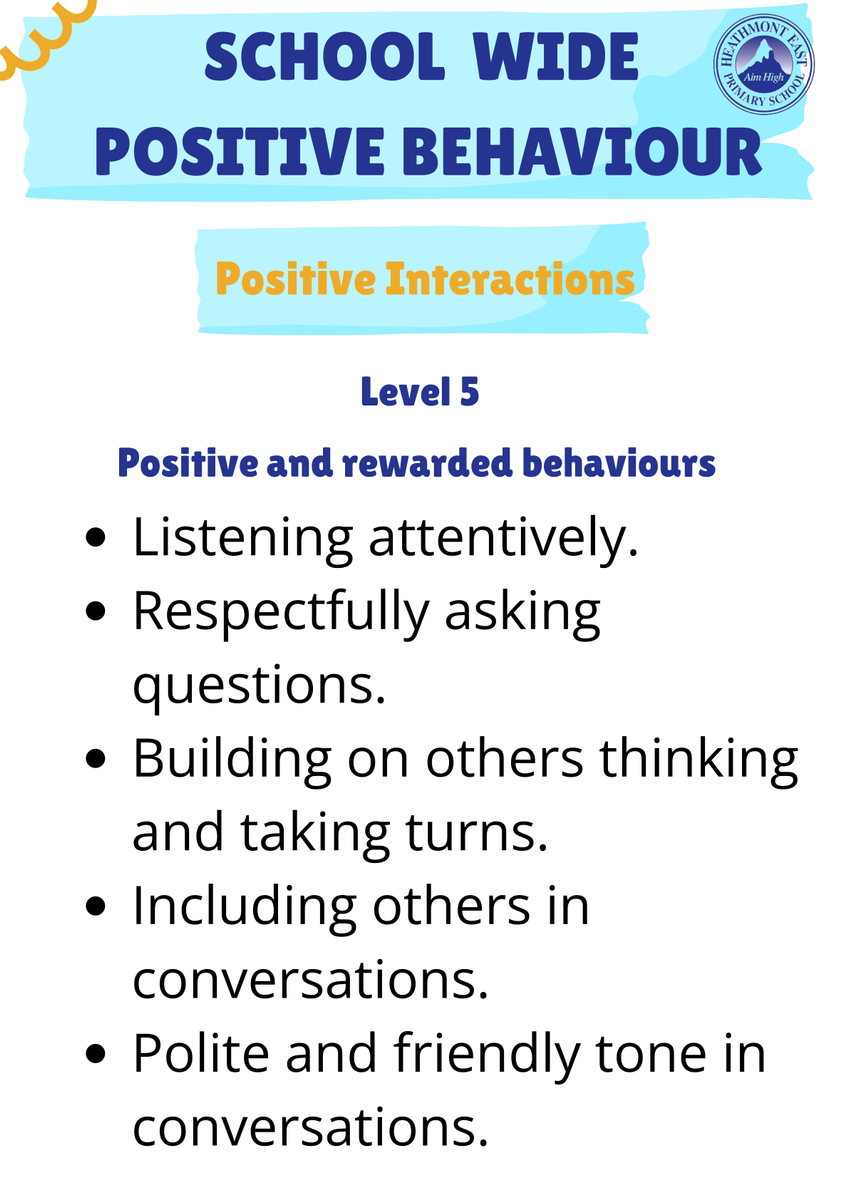
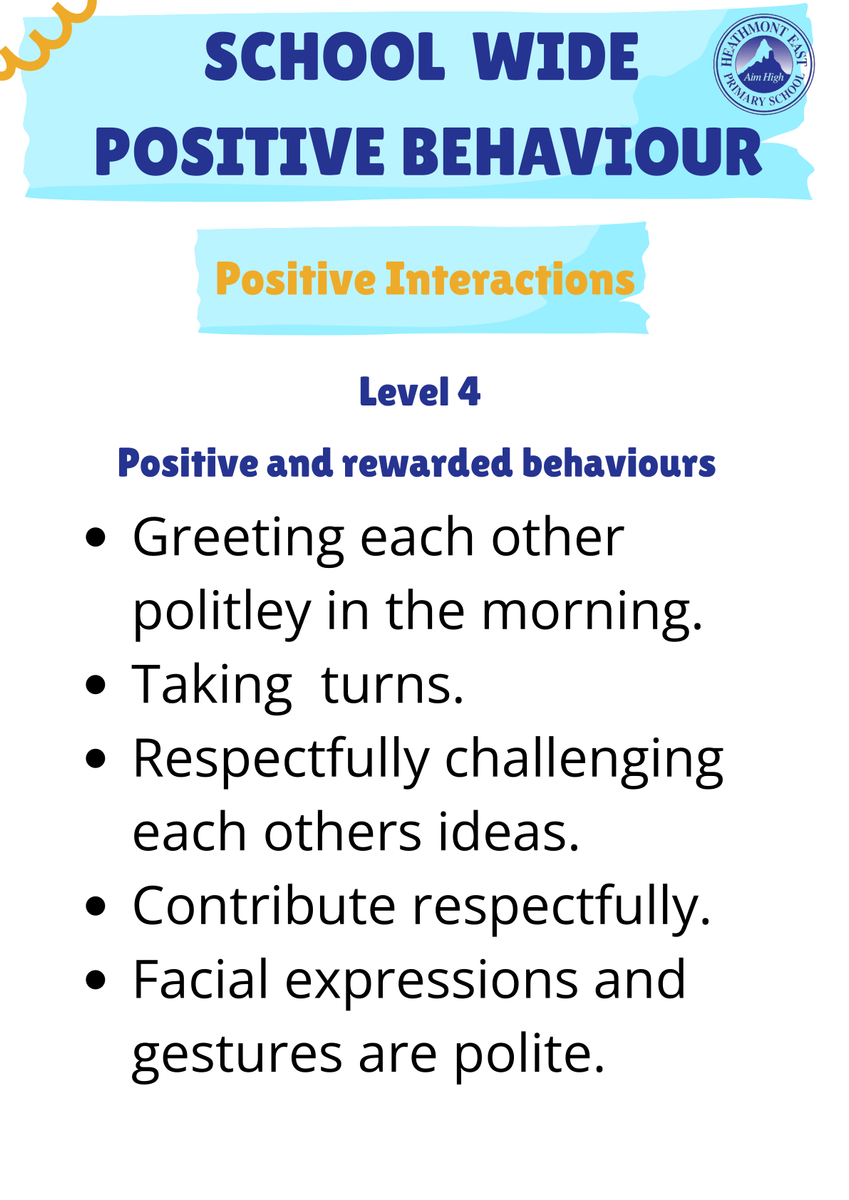
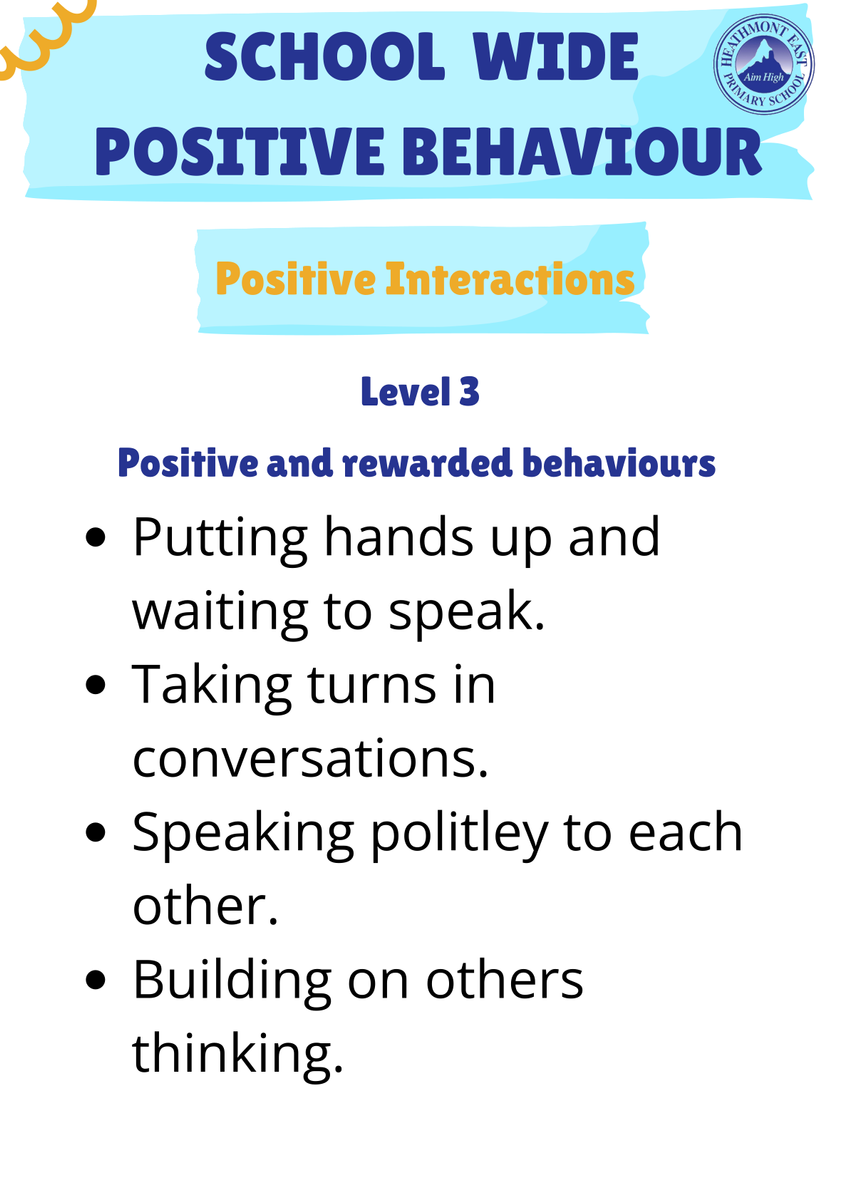
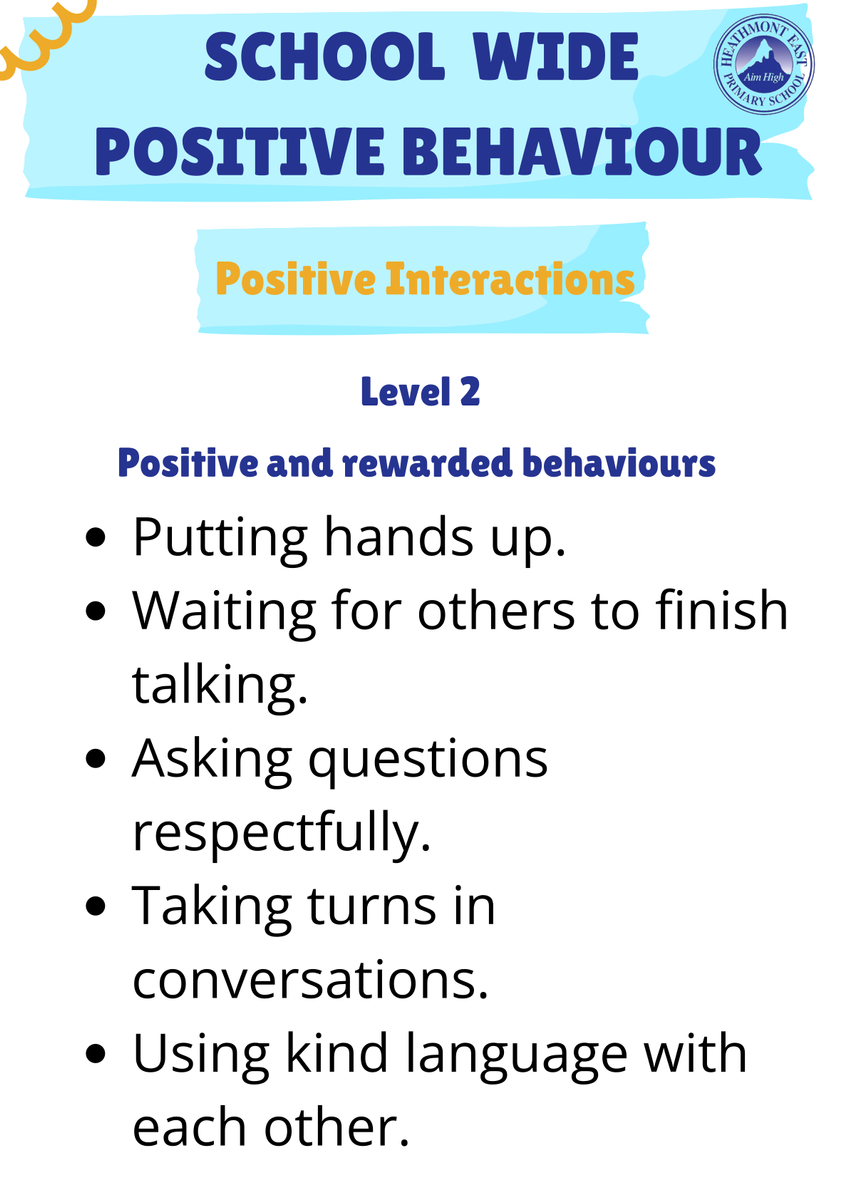
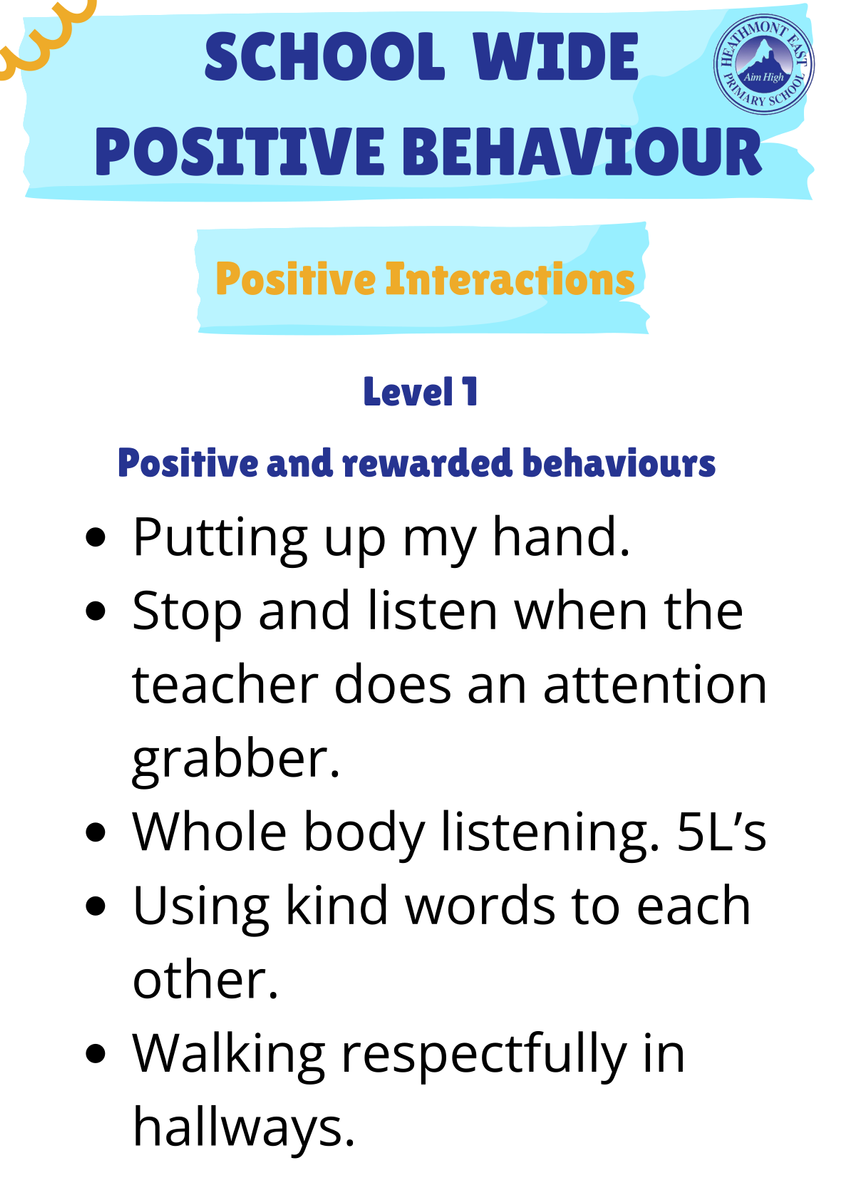
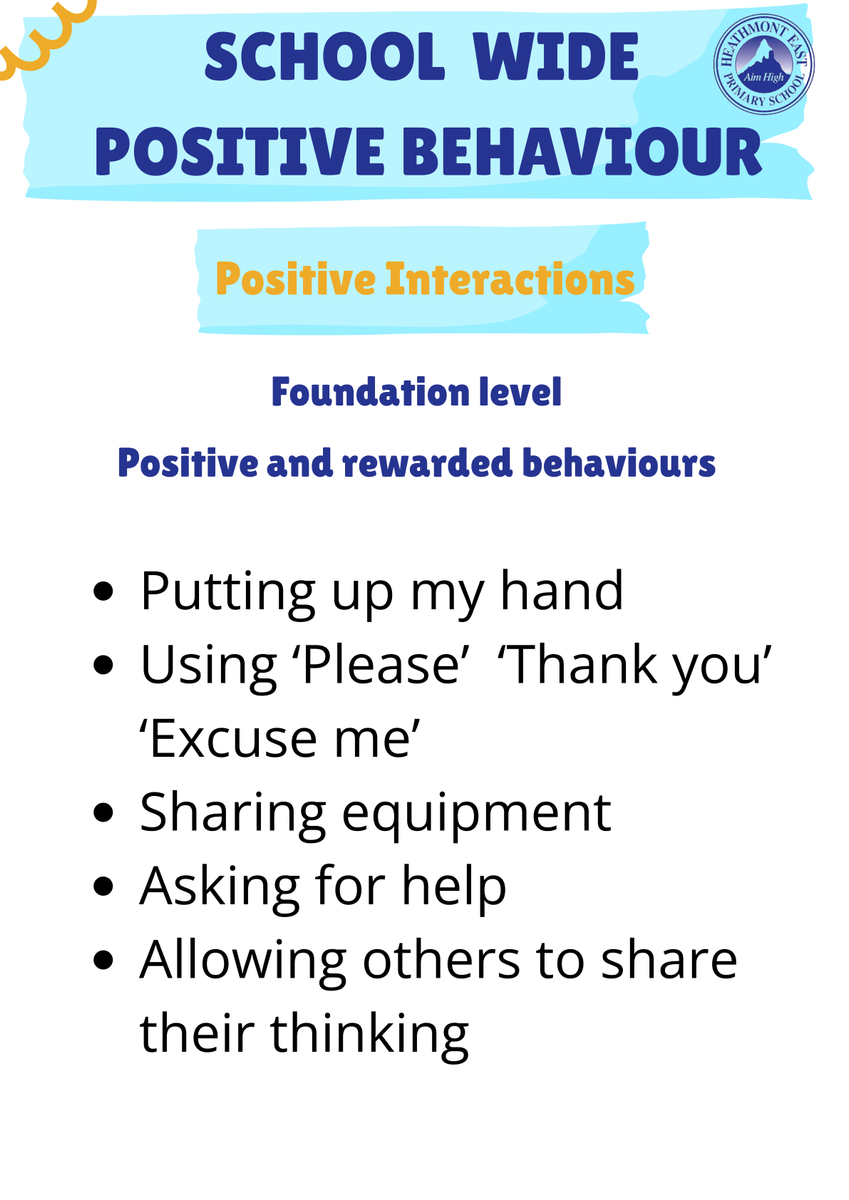
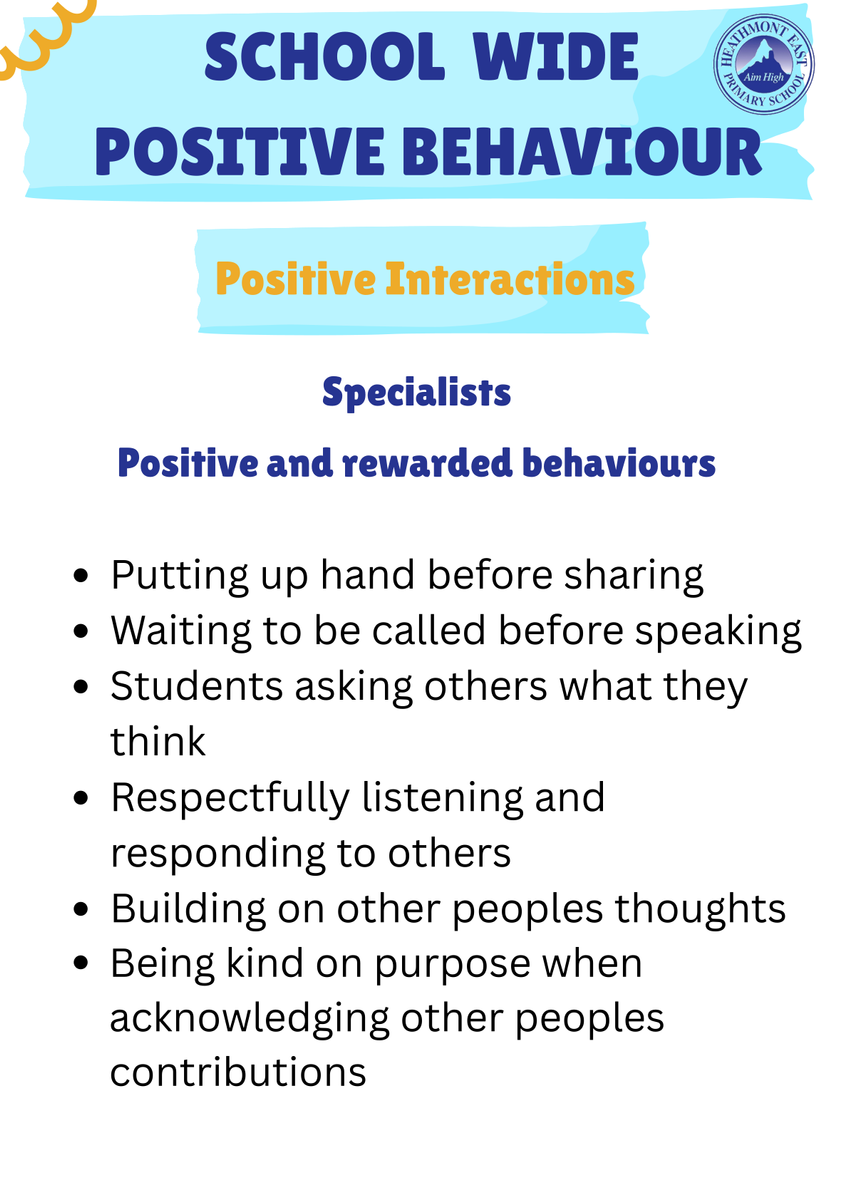








School Pride by level
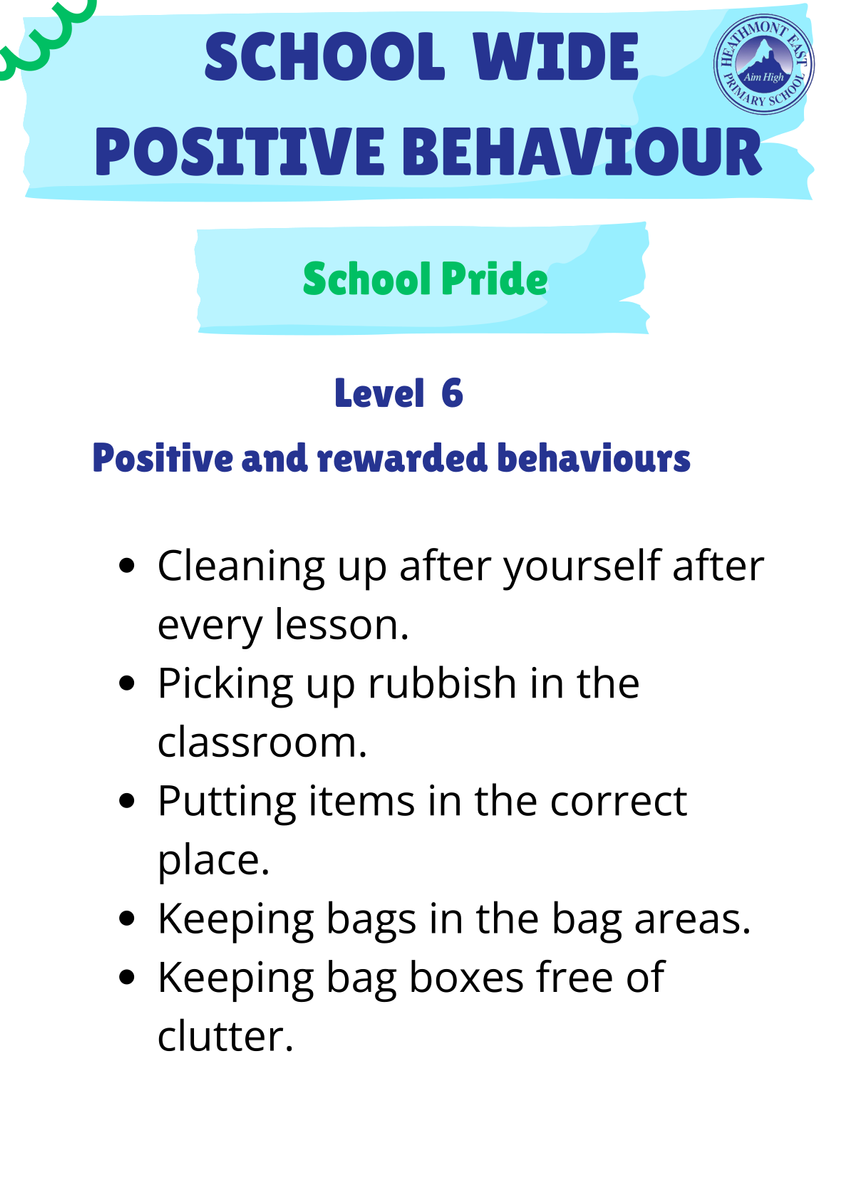
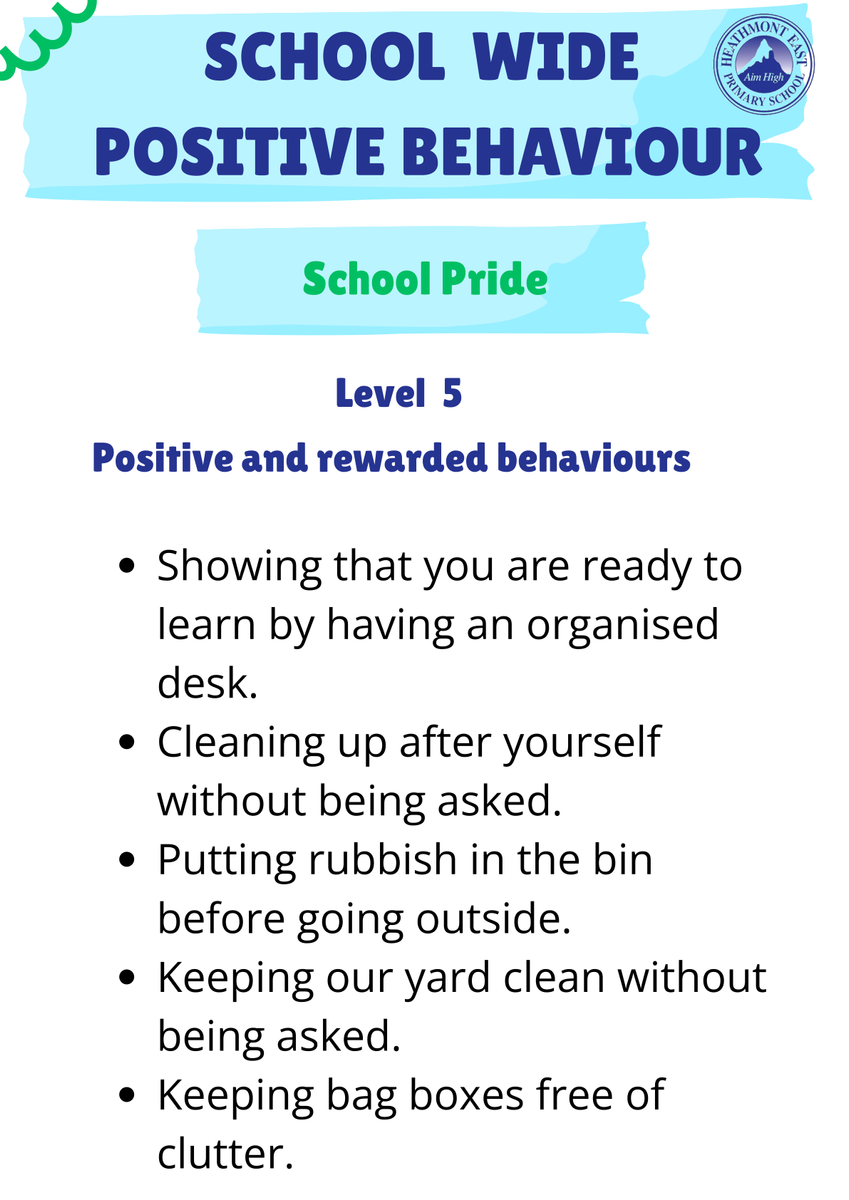
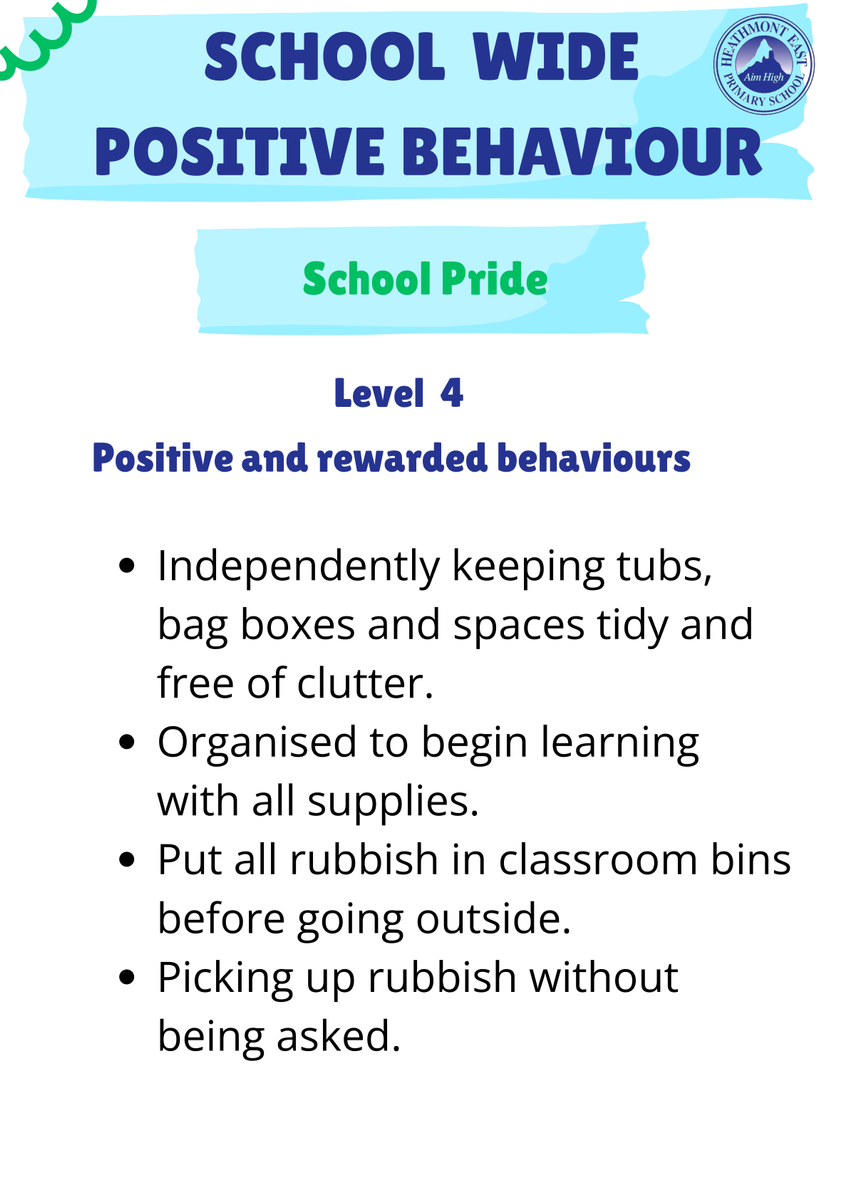
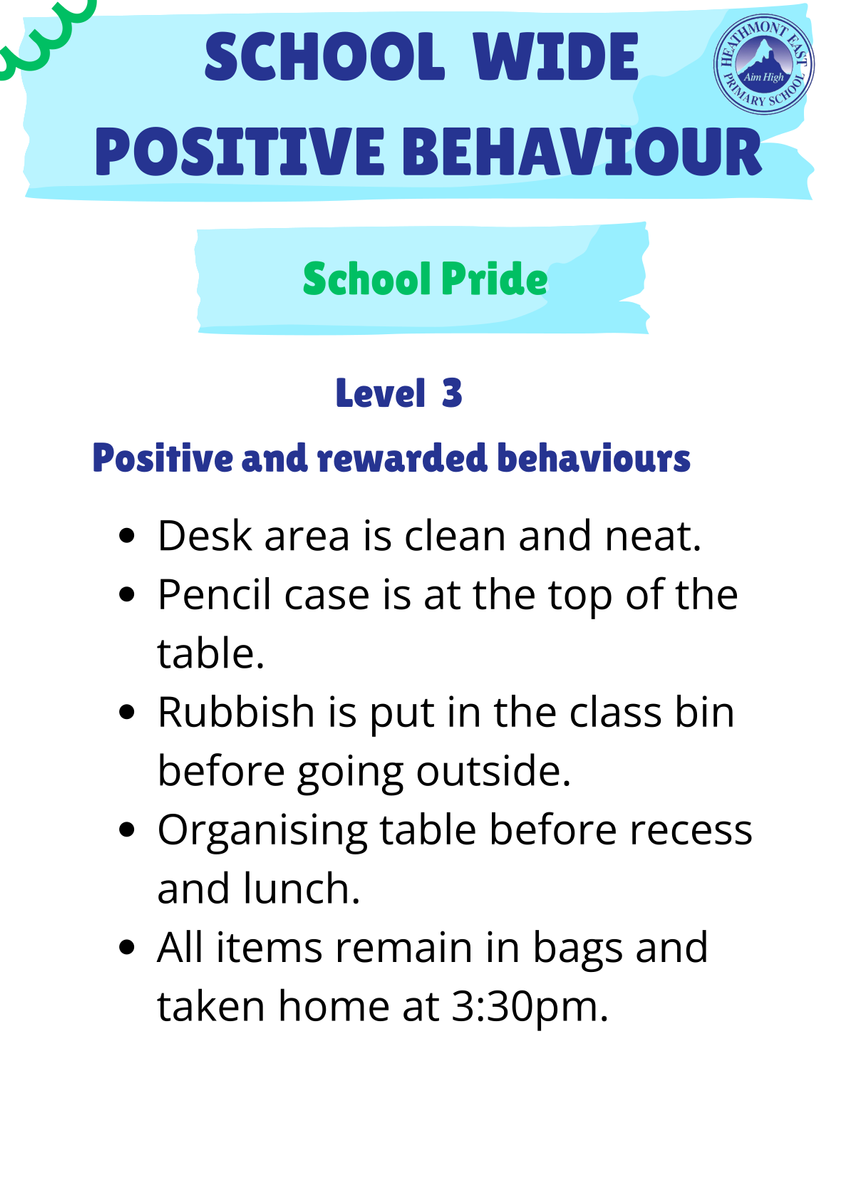
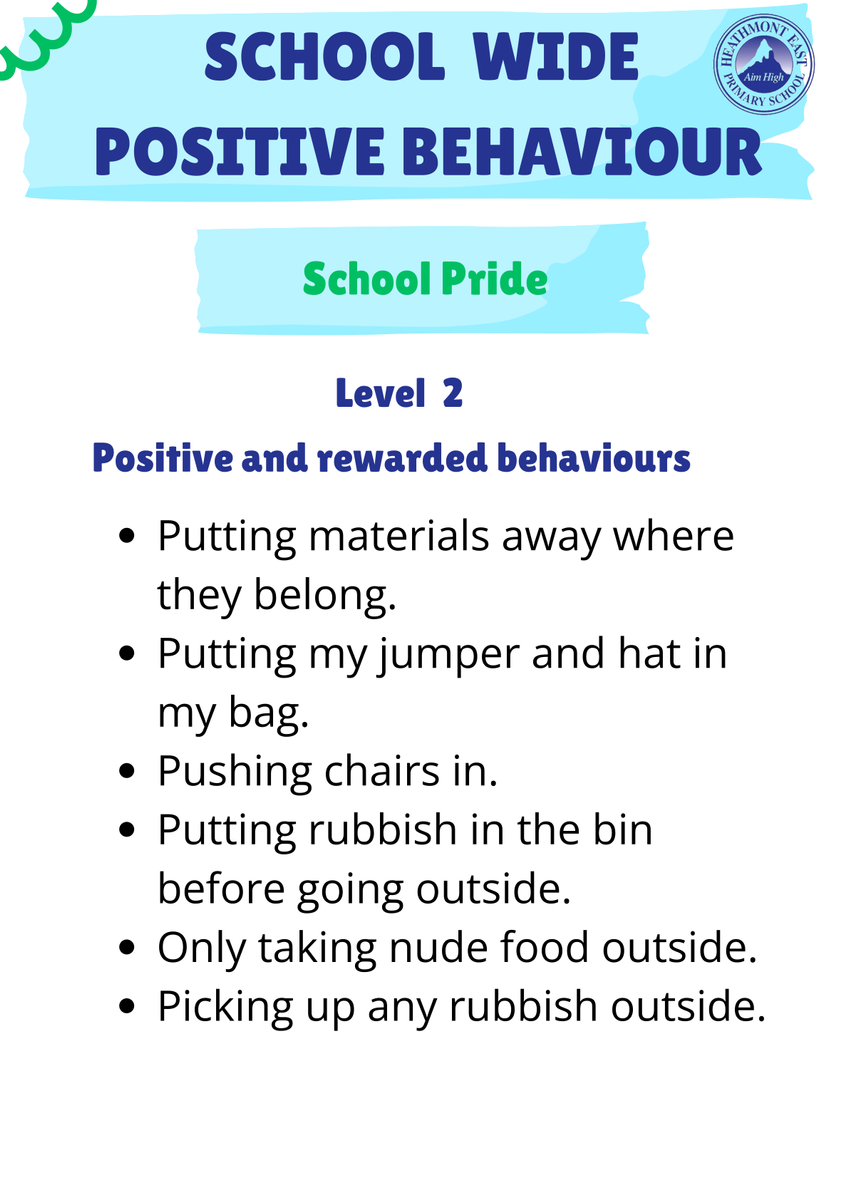
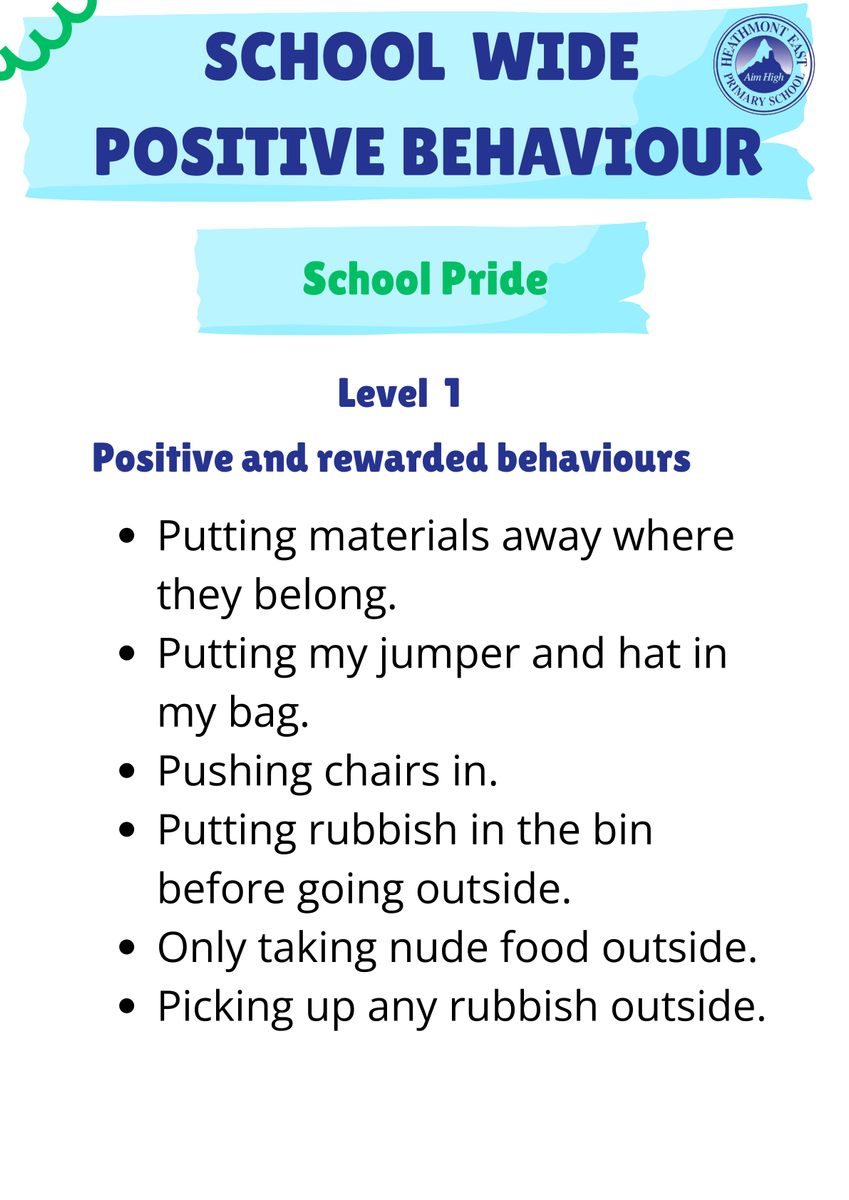
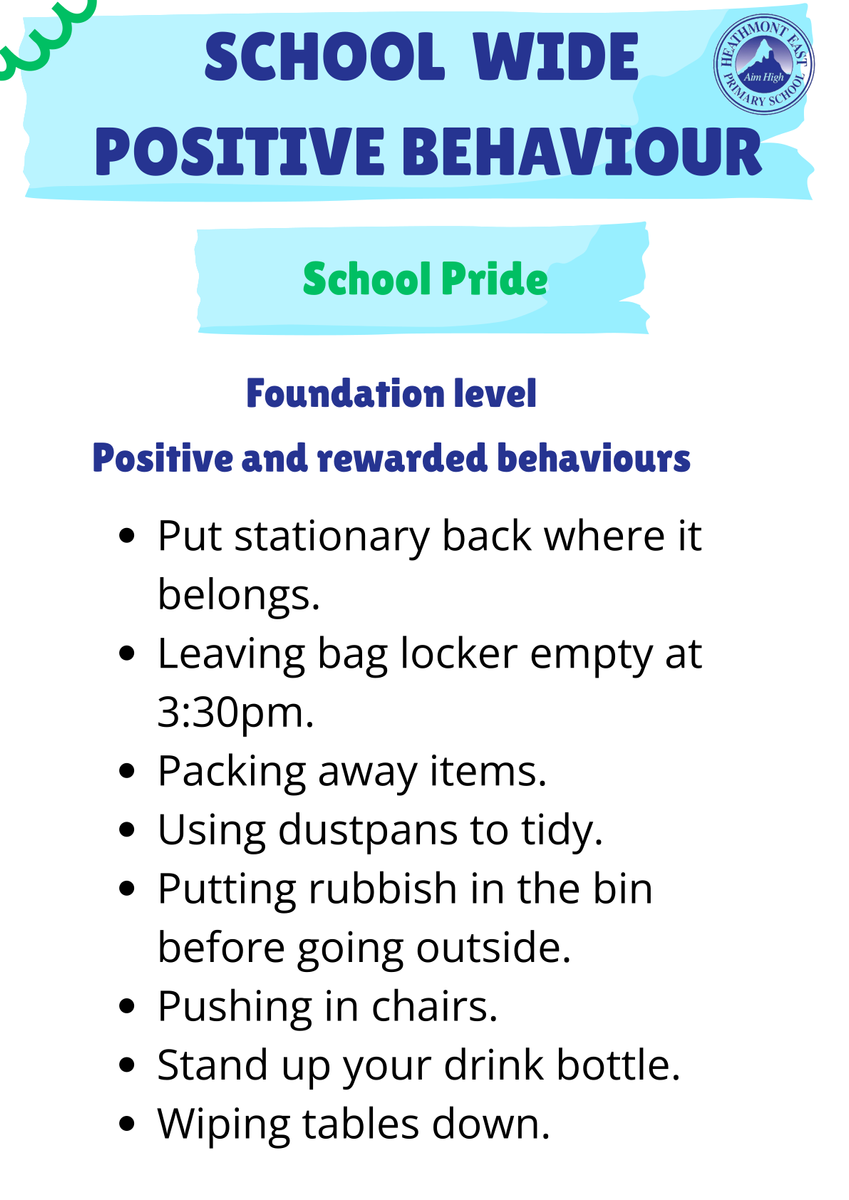
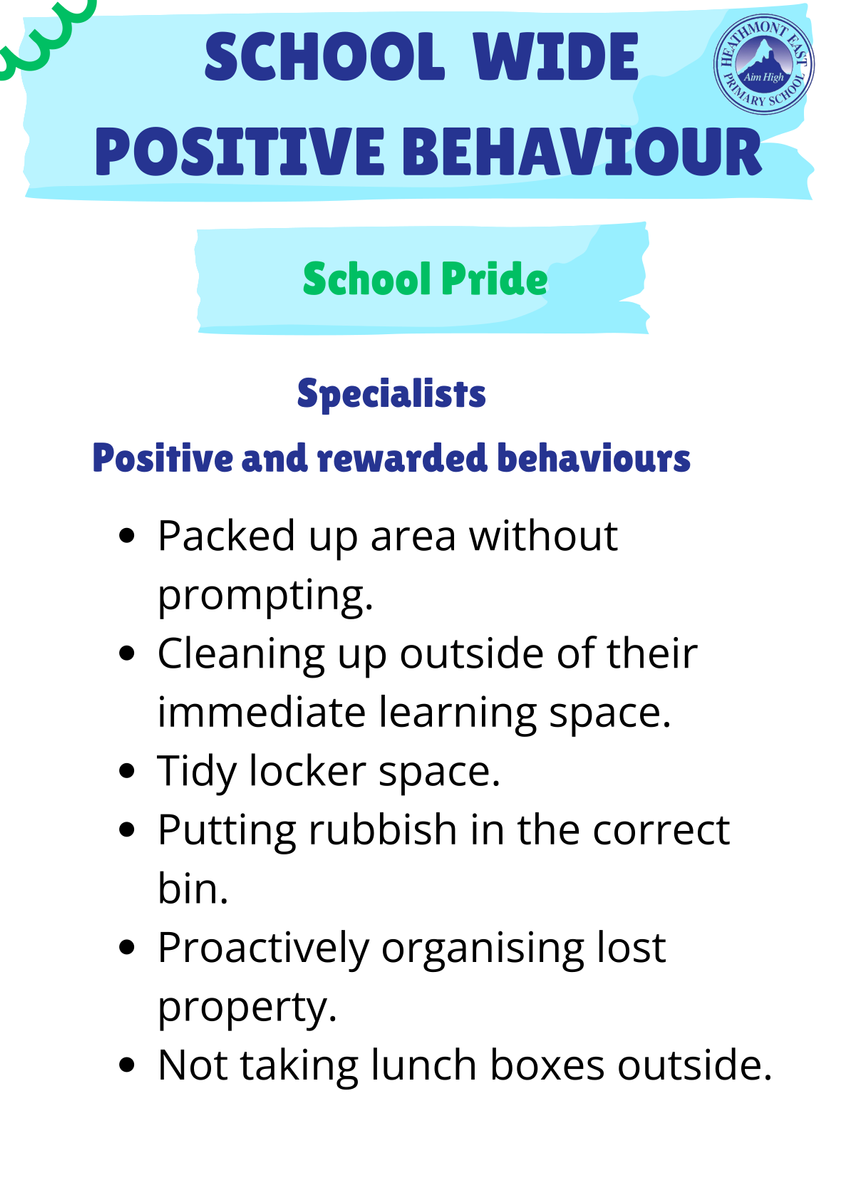








Students will be positively rewarded for showing these behaviours in class during Term 3. Classroom gems will be given as a reward and all students will work towards a whole school reward.
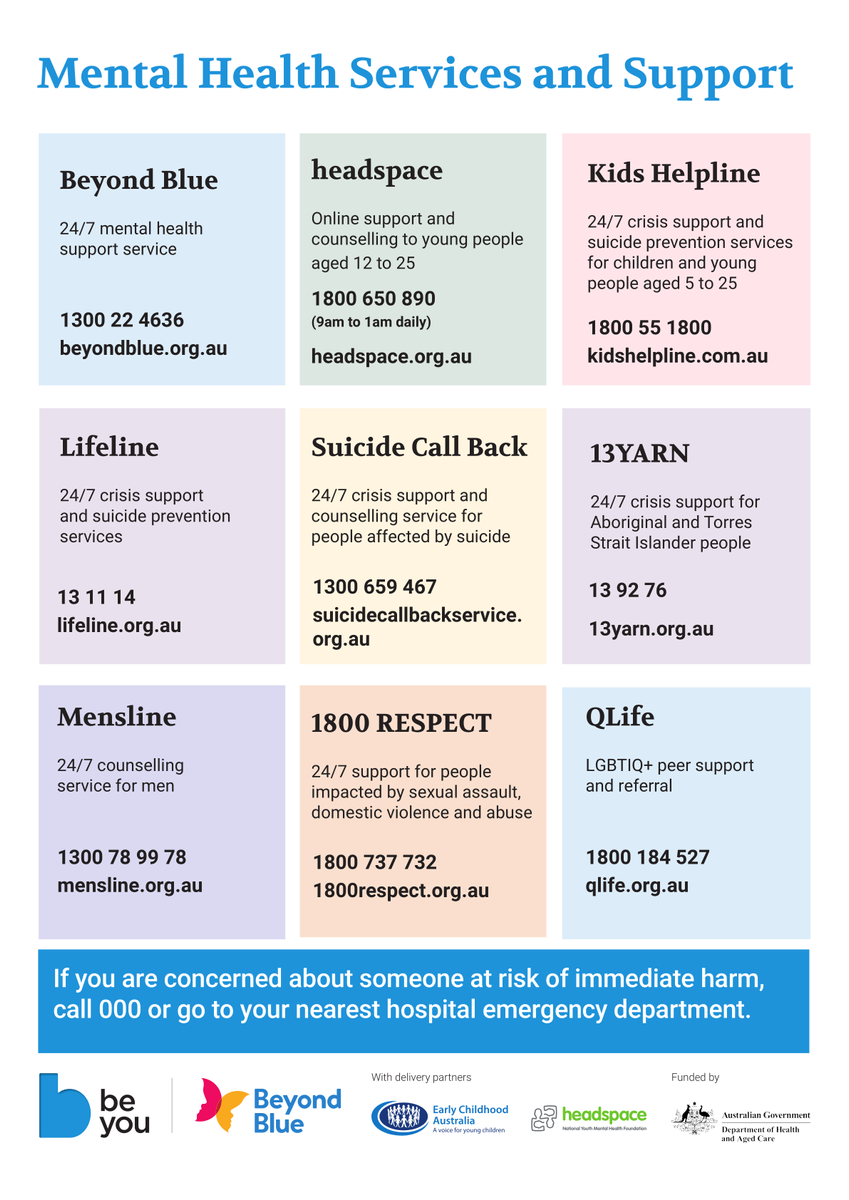

Emotions are not just background noise—they matter as they teach us about children’s inner world experience and needs. In addition, being tuned to children’s emotions shape how children develop their self-esteem, learn, think, and relate. It is essential to remember that expressing emotions is not a sign of weakness but a pathway to resilience and connection.
Here’s why talking about emotions matters:
1. Emotional Development
When we label and explore feelings, children build self-awareness and develop a robust emotional identity. This awareness—known in psychology as “emotion understanding”—is a key part of emotional competence, leading to stronger social and self-regulation skills
2. Emotional Regulation
Talking about emotions helps children learn to manage difficult feelings. By discussing how we feel and what to do with those feelings, children begin to regulate their reactions. They learn tools like taking breaths, naming their emotions, and seeking support which are essential skills for managing distress and avoiding extreme behaviours.
3. Social Communication
Emotional talk encourages open, authentic communication. When children talk about their emotions, they also learn to listen and empathise with others. This fosters genuine connection, helps them resolve conflicts, and builds healthy relationships—core outcomes of social-emotional learning programs.
4. Coping with Challenges
Talking about emotions prepares children to face life’s difficulties. Understanding and naming their emotions equips children with coping tools and the confidence to seek help when needed. They learn that emotions are signals to be noticed—not problems to be ignored—and develop resilience to handle setbacks effectively.
5. Boosting Self-Esteem
Children who feel truly heard and validated grow up believing they matter. Empathy and acceptance reinforce their sense of worth and help them view themselves positively—an essential ingredient for a healthy self-concept.
6. Preventing Risk Behaviour
When children can express feelings verbally, they’re less likely to act out. This verbal expression reduces emotional bottling, which can otherwise lead to tantrums, aggression, or withdrawal. Suppressing emotions doesn't eliminate them; instead, it often leads to internal tension and unresolved issues. Over time, this can manifest as anxiety, irritability, or a sense of disconnection from oneself.
So, how do we develop emotional talk culture and make it part of our everyday family life:
Here are some tips:
Modelling
Children often learn by observing their parents. By expressing your own emotions and coping strategies, you demonstrate that it's normal and healthy to talk about feelings. For example, you might say, "I'm feeling a bit overwhelmed today, so I'm going to take a short walk to clear my mind." This approach helps children understand that emotions are manageable and not something to fear.
Show interest
When children are talking, they might not share their feelings, but they will give you a clue if you show interest. It can sound like: “So when that happened, were you disappointed or may be sad?” the more we name emotions in our conversation the more they will start notice them and understanding themselves.
Create a habit
Use regularly the emotion vocabulary in family conversations. A conversation starter cards box or weekly a family discussion, is a fantastic opportunity to add emotional vocabulary into the talk.
Emotion Jar
An ‘Emotion Jar' is a simple tool where children can write down their worries frustrations, anger etc. and place them in a jar. This practice allows them to externalize their feelings making them feel more manageable. Regularly reviewing the jar together can open up discussions about these emotions and how to address them.
Family Compliment Circle (Great for Car Rides)
During a family gathering or while on a long car ride, take turns giving each other compliments. After receiving a compliment, the person can choose a Favourite song for everyone to enjoy. Then, move on to the next family member. This activity not only fosters positive communication but also makes the journey more enjoyable.